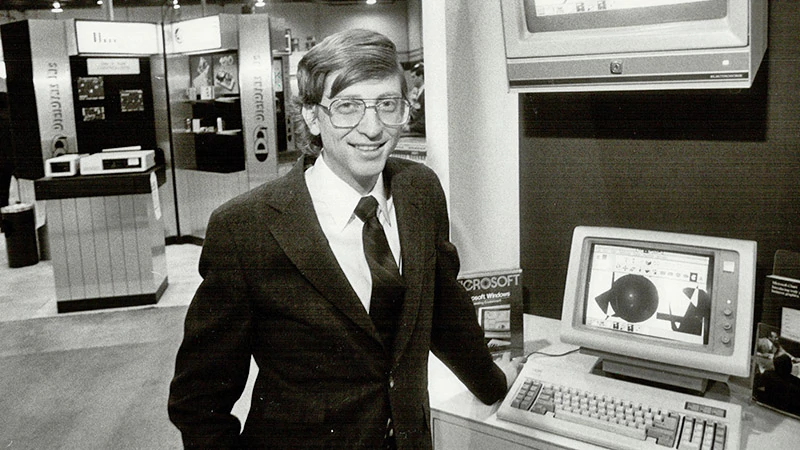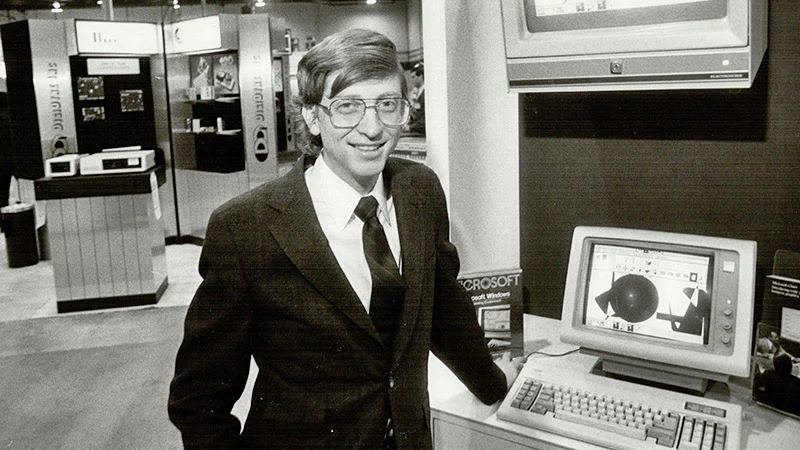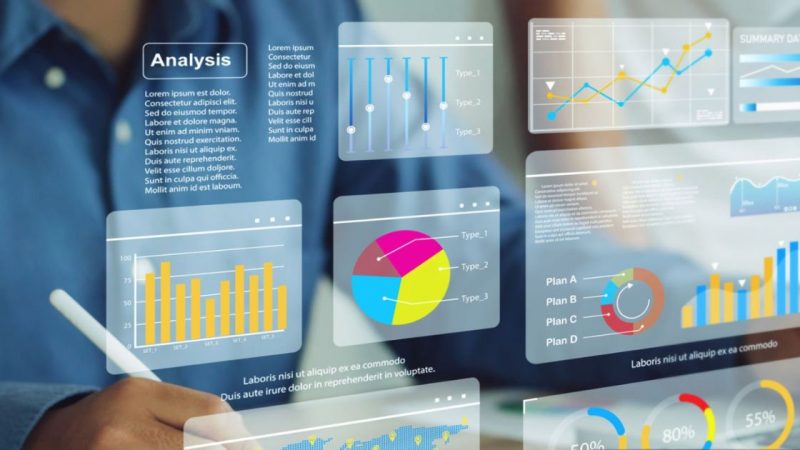Everyone knows the basic story of Excel. It was created in 1985 by Microsoft, it was and still is one of their biggest successes, and is an incredibly useful and relevant tool that is still used today in every finance function.
But along with being one of the most successful softwares of all time, there are also some quirky and interesting things that occured over the past 35+ years of Excel’s history. Here are 7 lesser known facts about our favorite spreadsheet software:
1) Excel was the first software that had a toolbar
The idea of a toolbar is something that we take for granted. Just about every software or add-on that we use today has a user-friendly toolbar with familiar icons and lots of functions. But what most people don’t know is that Microsoft Excel was the first one to introduce this.

The toolbar came out during Excel 3.0 in the year 1990.
2) Excel almost had a much cringier name
How does “Mr. Spreadsheet” sound? How about “Master Plan”? Microsoft considered many other names for Excel, and these were two of the more serious considerations. They eventually decided to go with “Excel” as part of declaring it an excellent software as well as hinting at the many cells that make up the spreadsheets.
In 1985 when Excel first came out, there was a more popular spreadsheet called Lotus 123 that was in competition with Microsoft. Microsoft may have chosen the name in order to make it seem superior to Lotus 123 as well. Either way, most people can agree that “Excel” sounds better than “Lotus 123” or “Mr. Spreadsheet”.

3) Excel was not the 1st spreadsheet software
Although Microsoft created the most popular spreadsheet software, it did not invent the idea of the spreadsheet. The credit goes to Dan Bricklin, known as “the father of the spreadsheet”.
In 1979 he created VisiCalc (short for Visible Calculator) together with Bob Frankstown. They envisioned combining calculator functions with a grid structure to create a more complex work tool, and from that idea the speadsheet was born.

Here’s a quote from Bricklin from a TEDx talk in 2016 describing how he thought of the idea:
“I imagined a magic blackboard, that if you erased one number and wrote a new thing in, all the other numbers would automatically change […] I imagined that my calculator had mouse hardware on the bottom of it and a head-up display like in a fighter plane.”
4) Excel came out before Microsoft went public
It’s hard to imagine a time before Microsoft was on the stock market as part of the “Big 5” of tech companies, but Excel actually was released the year before Microsoft IPOed way back in 1986.

Microsoft debuted at $21 per share, and although that sounds like a pretty good steal nowadays, it was actually higher than what many people, including Bill Gates, expected and wanted. In the end it turned out OK as Microsoft continued to grow exponentially. The stocks created three billionaires and an estimated 12,000 millionaires among Microsoft employees from the shares alone!
5) Excel still has the year 1900 as a leap year- even though it wasn’t
In a quirky mistake that is still a reminder of Excel’s competition with Lotus 123 in its early days, the program incorrectly assumes that the year 1900 was a leap year – when in fact it wasn’t. This is because Excel wanted to be compatible with Lotus 123, and their mistake got copied into Excel’s system.
All other past and future years are accurate when counting for leap years, and Microsoft has been well aware of this one quirky mistake for decades. However, fixing this mistake would actually cause bigger problems such as breaking serial date accuracy between Excel and other programs that use their dates, and causing all current Excel dates worksheets to be decreased by one day. Therefore, Microsoft decided to leave the mistake as is and it seems that Excel will keep this quirky mistake forever.
6) Excel can be used for beautiful art
While finance positions tend to focus less on the creative side and more on the straightforward business and numbers side, Excel can quite literally make art. One Japanese man, Tatsuo Horiuchi, has spent years making incredibly beautiful landscape art using only one tool, Excel.
The now 82 year old started experimenting with Excel art because he didn’t want to pay for expensive art supplies or other software programs. Horiuchi has become famous for depicting life in picturesque rural Japan. Some of his more popular “paintings” are of cherry blossoms and waterfalls.

Recently, a software company took the idea of modern Excel art and blockchain to a new level by creating the first ever Excel NFTs. Datarails, an FP&A solution built for Excel users, created 5 Excel NFTs depicting the war in Ukraine, including pictures of Ukrainian president Volodymyr Zelensky and refugees crossing the border. The company then announced that all proceeds from the sale will be donated to a non profit that provides access to medical care across the world with a focus on Ukraine today.
7) Excel can hold a looooot of information
Most people know that Excel can handle a million rows, but it can actually handle more than that – 1,048,576 rows to be exact. And that’s in addition to 16,384 columns. But when Excel first started all the way up until Excel 95, it could only handle what seems like a miniscule 16,384 rows.
Then from Excel 97 through 2003, the software could handle 65,536 rows and 256 columns. From 2007 until the present, Excel offers 1,048,576 rows and 16,384 columns. For those that don’t want to do the math on an Excel spreadsheet, that’s over 17 billion cells. It would take years to fill all of that in manually!





